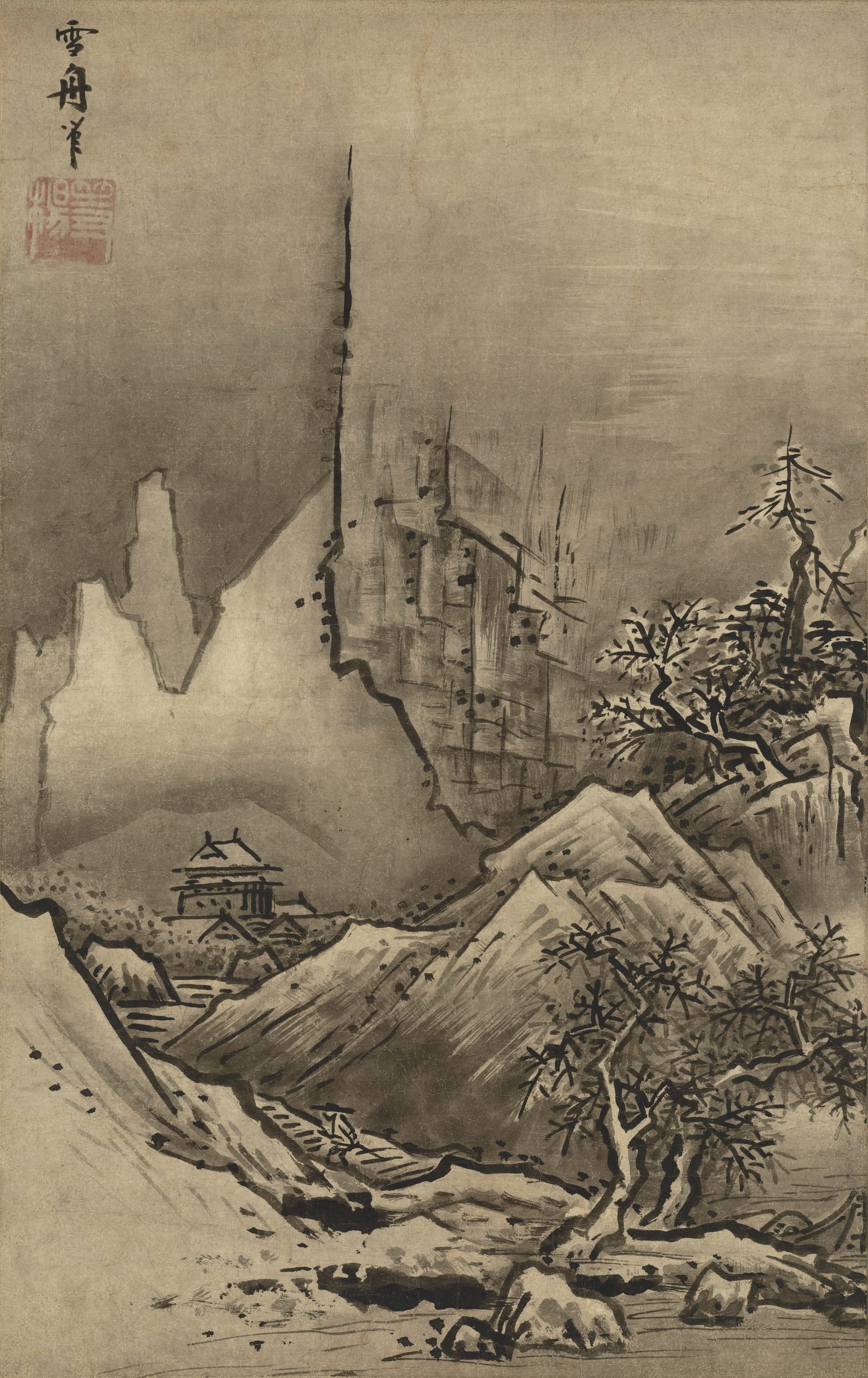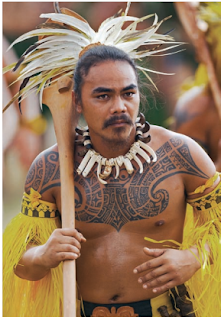 |
| Shen Zhou, Poet on a Mountain Top, 1496 |
The Ming Dynasty ruled China from 1368–1644. During this period, there were many trends in art that were birthed, the ‘literati aesthetic’ being one of the most prominent. The literati aesthetic was mostly correlated to government figures who were educated. Ironically, one of the most well-known literati painters of this period, Shen Zhou, had no interest in being affiliated with the government. Literati paintings can be simply concluded as expressions of nature coupled with meaningful calligraphy and we look to Zhou’s
Poet on a Mountain Top as a prime example. Dong Qichang, a literati theorist, states that in order to properly train to become a painter in this field one must “‘read ten thousand books and walk ten thousand miles’” (Stokstad 818). Now, unlike some trends in art, these painters is pressure for the artist to make an exact replica of what they see; instead, they are expected to express themselves through their brushing technique. Zhou’s piece is a prime example of this -- although, of course, the image is not the most accurate to reality, the technique throughout the piece is consistent and uniform. All in all, this was a time of peace and spirituality -- and it was expressed through other mediums, as well. For instance, there was a great emphasis on the building of gardens to places of leisure where they could practice “calligraphy, poetry, and painting, the three arts most valued by scholars in China” (Stokstad 819).
 |
| Sesshu, Winter Landscape |
Although the presence of art was already strong, there was a clear development during the Muromachi period (1333-1570s). Not unlike Chinese art, Japanese art was never characterized by perfection. In fact, it “manifested a taste for asymmetry, abstraction, boldness of expression, and humor” (Stokstad 831). This period was strongly linked to Zen Buddhism. Even though, Zen monks were usually artistically inclined, art was not their life’s priority; however, there was a shift during this era. For example, there came a point where temples had their own painting studios to be able to meet the demand for paintings. We can look to Sesshu’s
Winter Landscape as a sample for the art in this period. It is evident that this piece carries no kind of symmetry throughout. Again, an eccentric use of the brush can be observed. Even with no spatial technique within the image, the image of a cold winter is painted clearly.
 |
Wampum Belt, 1680s
|
Needless to say, the arrival of Europeans brought major changes upon Native Americans, in this case, the Woodlands peoples in specific during the seventeenth century. The Natives traded their knowledge on survival skills such as agriculture, fishing, and hunting, as well as furs. In return, the Europeans provided them with items that the Natives had yet to encounter such as “metal tolls, cookware, needles, and cloth and they especially prized European glass beads and silver.” Up until this point, Natives had only been exposed to copper, crystal, and shell. These new materials allowed them to experiment with the creation of different items that would turn out to be useful, we can look to the
Wampum Belt as an example. Unsurprisingly, this is not our typical belt. This specific belt was used to “commemorate an unwritten treaty when the land that is now the state of Pennsylvania was ceded by the Delawares in 1682, is especially prized” (Stokstad 861). This belt served as a binding contract and aided in keeping order.
 |
| Asmat Ancestral Spirit Poles (BISJ), 1960 |
The honoring of ancestors plays a big role in New Guinea’s culture. Those who live along the river, the Asmat, were strong believers that those who died remained in the village in spirit which is why they built the pictured Asmat Ancestral Poles. They believed these poles captured the spirits of past warriors and headhunters. Of course, wood is used to build these poles, but the process by which the wood is acquired is quite interesting -- “the felling of a tree is a ritual act in which a group of men attack the tree as if it were an enemy” (Stokstad 881). The figures represent the individual who passed and deceased children. Additionally, the poles are positioned by the water to assist their spirits to reach safan, “the realm of ancestors.”
 |
Kente Cloth, Asante, 1980
|
During the eighteen century, Ghana was mostly ruled by the Asante Empire. However, there was a turn in the nineteenth century. The British forced the
Asantehene, the kings of the Asante, to share their power as they ruled from Kumasi. Fortunately, Ghana gained independence and Asante Empire became a state of its own within Ghana. Asante households were most recognized for their
Kente cloth. The woven nature of the fabric is no coincidence as the word, kente, comes from the word Asante word used for “basket.” Surprisingly, kente cloth is still highly valued to this day and has become part of traditional wear for Ghanians.
















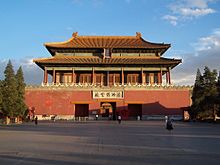
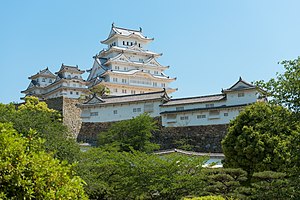 The Himeji Castle Akamatsu Norimura 1333
The Himeji Castle Akamatsu Norimura 1333
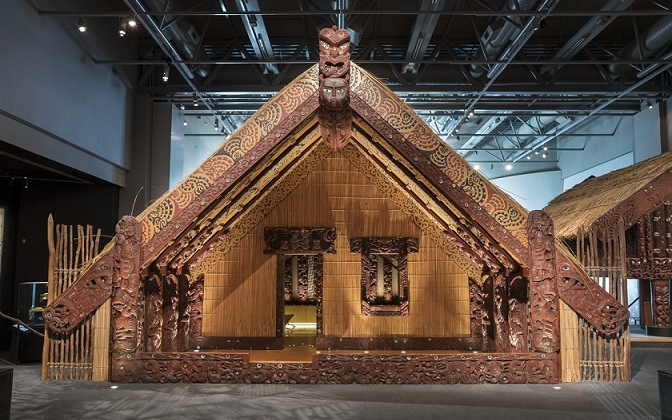
:max_bytes(150000):strip_icc()/Codex_Duran-Founding_of_Tenochtitlan-56ffc04a3df78c7d9e57debd.jpg)





